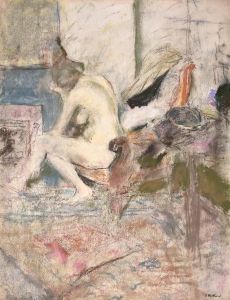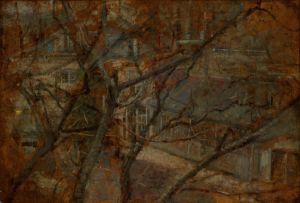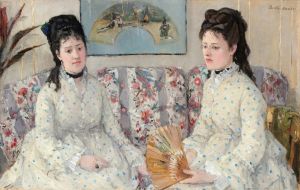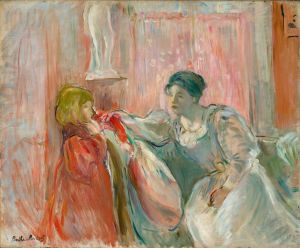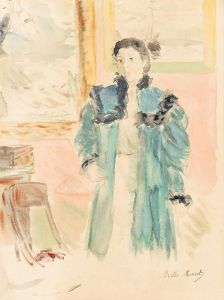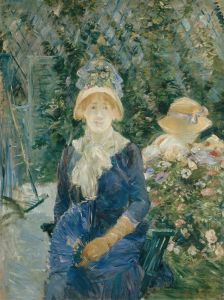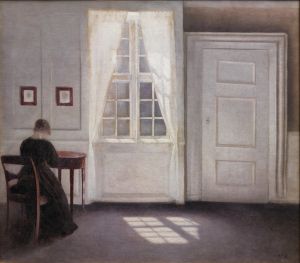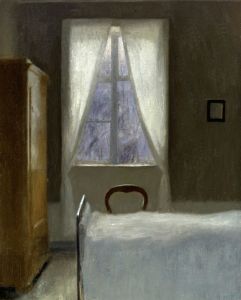
The Artist’s Sister at a Window
A hand-painted replica of Berthe Morisot’s masterpiece The Artist’s Sister at a Window, meticulously crafted by professional artists to capture the true essence of the original. Each piece is created with museum-quality canvas and rare mineral pigments, carefully painted by experienced artists with delicate brushstrokes and rich, layered colors to perfectly recreate the texture of the original artwork. Unlike machine-printed reproductions, this hand-painted version brings the painting to life, infused with the artist’s emotions and skill in every stroke. Whether for personal collection or home decoration, it instantly elevates the artistic atmosphere of any space.
"The Artist’s Sister at a Window" is a painting by the French Impressionist artist Berthe Morisot. Completed in 1869, this work is an exemplary piece that showcases Morisot's skill in capturing intimate domestic scenes and her adept use of light and color, which are hallmarks of the Impressionist movement.
Berthe Morisot was one of the few prominent female artists in the predominantly male Impressionist circle. She was born on January 14, 1841, in Bourges, France, and became a central figure in the Impressionist movement, exhibiting in seven out of the eight Impressionist exhibitions between 1874 and 1886. Morisot was known for her depictions of domestic life and portraits, often featuring women and children.
"The Artist’s Sister at a Window" depicts Morisot's sister, Edma, who was also an artist but gave up her career after marriage. In this painting, Edma is shown seated by a window, gazing outside. The composition captures a quiet, reflective moment, emphasizing the serene and contemplative atmosphere. The window serves as a source of natural light, illuminating Edma's figure and creating a soft interplay of light and shadow, which is a characteristic technique of the Impressionists.
Morisot's brushwork in this painting is loose and fluid, contributing to the overall sense of immediacy and spontaneity. The use of light colors and delicate tones enhances the intimate and tranquil mood of the scene. The background is rendered with less detail, drawing the viewer's focus to the figure of Edma and the light that envelops her.
The painting is also notable for its composition. The window not only serves as a source of light but also acts as a framing device, creating a sense of depth and perspective. This compositional choice reflects Morisot's interest in capturing the effects of light and atmosphere, as well as her ability to convey a sense of space and intimacy.
"The Artist’s Sister at a Window" is housed in the Musée Marmottan Monet in Paris, which holds the largest collection of Morisot's works. The museum is dedicated to the Impressionist movement and features works by other prominent artists such as Claude Monet, Edgar Degas, and Pierre-Auguste Renoir.
Berthe Morisot's contributions to the Impressionist movement were significant, and her works continue to be celebrated for their sensitivity and technical mastery. "The Artist’s Sister at a Window" remains an important example of her ability to capture the subtleties of light and the quiet moments of everyday life, solidifying her place as a key figure in the history of art.






